The exponential speed at which technological innovation changes the way we work is staggering. For IT leaders and decision-makers, being competitive often means staying on top of emerging trends that could impact their industry.
On Tuesday, February 3, professional services firm Deloitte released its sixth annual technology trends report, which looks at aspects of technology that will affect the future of IT. The report is titled “The fusion of business and IT” and it examines the following eight trends:
CIO as chief integration officer
API economy
Ambient computing
Dimensional marketing
Software-defined everything
Core renaissance
Amplified intelligence
IT worker of the future
While each trend has the potential to change IT decision-making in the future, we picked out four of them that we think IT leaders should pay the most attention to. And since the report itself is more than 140 pages, we sum up the main points.
CIO as chief integration officer
Despite the recent momentum around roles such as CTO, CMO, and CDO, CIO remains the pinnacle role in IT. Part of the issue in talking about the future of the CIO, however, is the difficulty in defining the role.
“Almost no CIO has the same set of responsibilities and skills,” said Deloitte CTO Bill Briggs. “It’s still a relatively new position.”
While it is somewhat subjective, Briggs said that Deloitte looks at a CIO in four quadrants — as an operator, technologist, strategist, and catalyst.
According to the Deloitte report, the key to the development of the CIO lies in balancing the future vision of the company with the current operational needs, as well as focusing more on business strategy.
In the management of IT, it all boils down to organization and transparency. IT management should be handled “like a venture capitalist” in that CIOs should adopt a portfolio management approach to IT investments and projects. Additionally, the IT “balance sheet” should be made totally visible so the remainder of the business better understands how IT resources are allocated, and organized in a way that reflects business priorities.
According to SugarCRM CEO Larry Augustin, this change has occurred in the role of CIO due, in part, to consumerization.
“Technology used to be built for the enterprise first and trickle down to consumers,” Augustin said. “Now it’s the opposite. Technology is built for the consumer and works its way into the enterprise. As a result, the CIO is now the integrator of these technologies.”
Taking another page from the modern startup playbook, the authors of the report also encourage CIOs to “build a culture that encourage failure.” The process is not about celebrating failure, but embracing the concept of learning through iterations and scaling quickly.
Additionally, CIOs should look for opportunities to engage with peers and collaborate with nontraditional partners to solve problems and set a path for the future.
API economy
Application programming interfaces (APIs), which were once just a tool for developers, have now become the foundation for many business models. APIs are the background to everything from the Internet of Things to ride-sharing services like Lyft and Uber, which use the Google Maps API to power their backend services.
APIs have been around for a long time, but the report attributes the recent rise in API popularity to one particular change: “The conversation has expanded from a technical need to a business priority.”
When you are trying to decide what APIs are worth investing in, Briggs asks the question: “What do we have that might be valuable if we could expose it, and if we could create a marketplace for it?”
As the API revolution continues to take shape, proper explanation of the value and benefits will be key to pushing through resistance. The report recommends treating APIs like products and developing a specific business case for an API you are looking to work with.
As you introduce APIs, be sure to pay distinct attention to scope. Poorly written code and previously dormant security risks could bubble up to the surface through an API, and you have to be prepared to handle those challenges as they arise. Also, APIs present potential legal issues that need to be considered as well.
Also, be aware that APIs will change the way you get insights from your own data.
“The downside to this is that it’s tougher to correlate data across data sets because the ways in which you can analyze the data are limited by the APIs,” Augustin said. “So while APIs make it easier for those that control data to monetize it, they also make it more difficult to unlock unique insights because to the limited API access.”
Ambient computing
The Internet of Things (IoT) always promised major implications for the business world, but only recently has it started to deliver on that promise. In the section titled “Ambient computing: Putting the Internet of Things to work,” the report looks at how companies can better prepare for the enterprise IoT invasion.
Both the “things” and the data that can be captured are evolving, which means that it is important to develop a strategy around how you will implement IoT, and that strategy should be focused.
“The goal should not be the Internet of Everything; it should be the network of some things, deliberately chosen and purposely deployed. Opportunities abound across industries and geographies–connected cities and communities, manufacturing, retail, healthcare, insurance, and oil and gas,” the report said.
IoT and the data it collects is only truly valuable if it is acted upon. Analytics are a necessary part of the process in helping IT leaders to glean insight from their IoT deployments and take steps to act on those insights. For example, it doesn’t matter if sensors are telling you how your delivery routes are wasting resources if you don’t change the routes accordingly.
The idea that everything would eventually have an IP address used to be a joke, but is becoming reality, Augustin said. While some of the consumer applications are more obvious, it will look different in the enterprise.
“Some businesses will get little value from this,” Augustin said. “Others, for example, a business that deals extensively with physical goods, will see massive benefit. Imagine hospitals where every time a medicine is dispensed dosages can be automatically verified. Or, retail stores where an inventory takes seconds.”
This ambient computing can also be used to predict patterns and behaviors, which can then be improved upon. In addition to collecting and analyzing the data, the Deloitte report pays special attention to the concept of data storage as organizations will typically be dealing with a flood of data when implementing an IoT strategy.
Reaf more: Four takeaways from Deloitte’s 2015 technology trends report

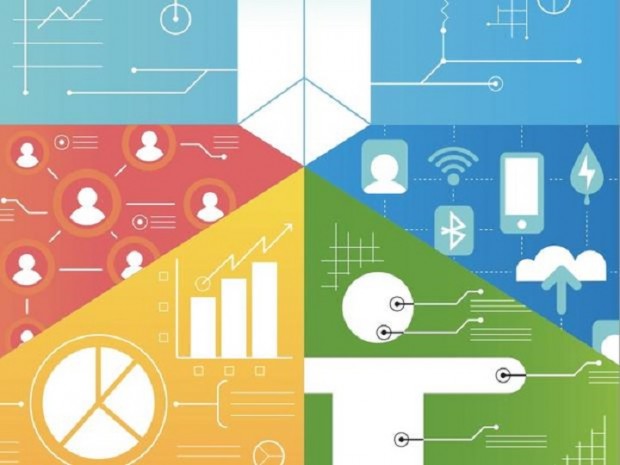


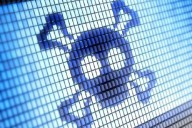
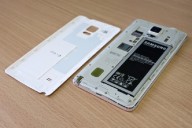
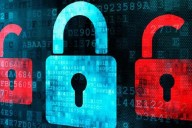


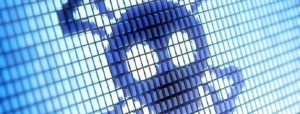





No Comments